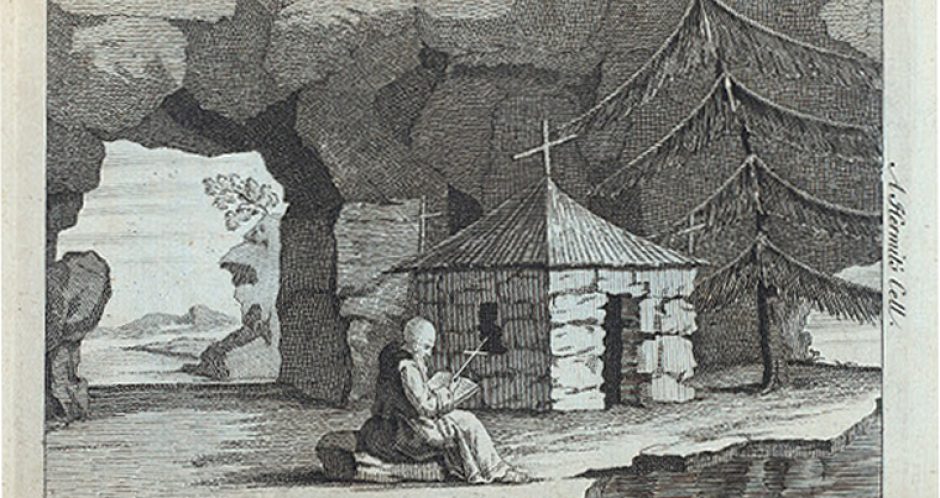One of the most interesting things in the story of Frankenstein is the structure of the overall story. The story itself is levels upon levels of storytelling through the eyes of others. It is in a way contradicting and shows a whole other level of writing, which paved the way for the future of novelization and Gothic Literature. There is a hierarchy of speakers that convey the same ideas, but in different ways. At the bottom would be the Creature, who experiences the world in his own way (which is a very terrible point of view he is forced to see the world through). Next would be Victor, who tells the story of the Creature and his own story to Captain Walton (which is a point of view that changes dramatically and is experienced from several different parts of the spectrum of world views). Next would be Captain Walton, who is telling of his voyage and Victor’s story (which also consists of the Creature’s story) to his sister Margret. Finally, at the top is Walton’s interpretation of the story, written in the form of letters, which are being read by the reader. It’s almost as if Mary Shelley wanted to tell the story this way, as if the convey some sort of message. To me, it seems as if she is giving different perspectives of different people from the time period. As there is a hierarchy of storytellers (who seems to wash down the story to make it less upsetting) there is a social hierarchy where the bottom suffered the most and the top suffered the least. Where Walton is concerned, he would be considered a high ranking noble, and at the bottom the Creature could be a slave or servant (or those that are considered “undesirables” like the disabled and ill). The Creature suffers the most but it is Walton telling the story of the Creature, because the Creature did not have a voice of his own, and because Walton was the most sane since he suffered the least. Since Shelley lived in a time where the social hierarchy determined ones worth, it wouldn’t be irrational that she subconciously included this in her story by the way she told her story.
-
Recent Posts
Recent Comments
- marvi krifca on Response 5
- marvi krifca on Response 6
- marvi krifca on Young Goodman Brown
- marvi krifca on Response 9
- Daniella Martinez on Response 9 (Malcolm)
Archives
Categories
Meta



